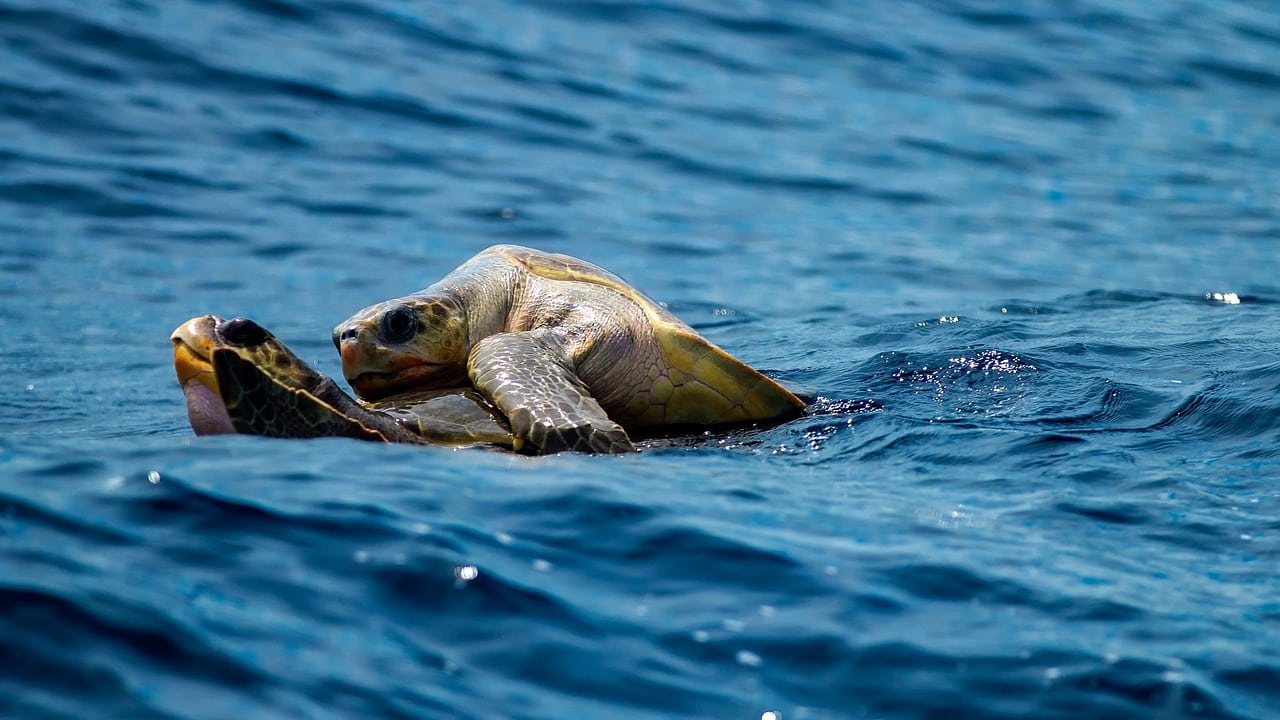What Are the Key Considerations for Building an Outdoor Habitat for Tortoises?

Not everyone is content to keep their reptile friends in a simple aquarium. Some of you, fervent pet lovers, dream of giving your tortoises the best possible environment and considering the idea of an outdoor habitat. An admirable desire, but a project that requires a good level of knowledge and careful preparation. We’re here to guide you through this fascinating journey of creating a tortoise-friendly enclosure.
Understanding Your Tortoise’s Natural Habitat
Before you start planning the layout of your tortoise’s new home, it is crucial to understand the natural habitat of your tortoise species. Tortoises are not a one-size-fits-all kind of pet. They come in all shapes and sizes, and each species has its own specific needs.
A découvrir également : Natural diet for pets
For instance, a desert tortoise will require a vastly different outdoor habitat than a turtle that’s accustomed to marshy or tropical environments. Researching your particular species is the first step towards designing a healthy and suitable environment for your pet.
Remember, recreating a natural habitat is the best way to ensure your tortoise thrives outside. They need an environment that mimics their natural living conditions, from the type of soil, plants, and water sources to the amount of heat and light they’re exposed to.
Dans le meme genre : Pet safety during holidays
Choosing the Perfect Area for your Tortoise Enclosure
Next, when you’re ready to build, keep in mind that the location of the enclosure within your yard or garden can greatly impact the health and happiness of your tortoise. Pay special attention to areas that offer both sun and shade.
Tortoises are ectothermic creatures, which means they depend on external sources of heat to regulate their body temperature. This makes the enclosure’s exposure to sunlight critical. However, they also need shady areas to protect them from overheating. The area should also be safe from potential predators and away from high-traffic parts of your garden.
Consider the soil type as well. Some tortoises will enjoy digging, so a loose, sandy soil might be best. Others might prefer a harder substrate. Always match the soil type to the preferences of your tortoise species.
Designing the Tortoise Enclosure
Once you’ve selected the perfect spot, the fun begins: designing the enclosure. Think about what you want to include in your tortoise’s home.
A water source is non-negotiable. This could be a shallow pond for a turtle or a simple dish of water for a desert tortoise. Just ensure the water is fresh, clean and easily accessible.
Food is another crucial consideration. Some tortoises are strict vegetarians, while others will appreciate a bit of protein. Research your specific species to determine the best menu for your pet.
Remember, an outdoor habitat gives your pet a chance to do some natural foraging. Planting some tortoise-friendly vegetation can provide both food and entertainment for your shelled friend.
Don’t forget to include hiding spots. Tortoises enjoy privacy, and providing places where they can hide or burrow will make them feel safe and secure.
Monitoring the Temperature
Monitoring the temperature in the enclosure is key to your tortoise’s health. While the outdoor environment can provide a lot of natural heat, there will be times when you need to supplement it.
Provide a basking area where the tortoise can warm up under a heat lamp. But, be careful to create a temperature gradient, so your tortoise can move to cooler areas if it gets too hot.
In colder months, you might need to consider bringing your tortoise inside or providing a heated shelter within the enclosure. Remember, tortoises can’t generate their own heat. If the temperature drops too low, it can be deadly.
The Importance of Regular Care and Maintenance
Finally, while an outdoor habitat can provide a wonderful environment for your tortoise, it also requires regular care and maintenance. Regularly check the enclosure for potential hazards like toxic plants or objects that your tortoise could ingest.
Ensure that the water source is cleaned regularly, and that food is fresh and plentiful. Additionally, the enclosure should be checked for signs of escape – some tortoises are quite adept at digging under fences!
Building an outdoor habitat for your tortoise is a labor of love, but with some careful planning and maintenance, you can create a haven that keeps your pet healthy and happy for many years to come. Just remember, the more you understand your tortoise’s needs and natural behaviors, the better equipped you’ll be to design the perfect outdoor enclosure.
Recommended Products for Your Tortoise Enclosure
When it comes to building your tortoise enclosure, the recommended products to use will largely depend on the specific needs of your tortoise species. Several factors should be considered, such as the tortoise’s size, activity level and natural habitat.
For example, heat sources like basking lamps or heat pads can be beneficial, especially for tropical tortoises. To maintain the warmth necessary for your tortoise’s health, experts such as Maria Zayas, DVM, recommend products like Zoo Med’s heat lamps. They provide the right amount of heat and are safe for your pets.
On the other hand, desert tortoises may not need a heat source as much, but they will appreciate a cool hideaway during the hot midday. In this case, consider using items like tortoise tables or burrowing caves that provide shade and a cooler temperature.
A tortoise diet is another critical aspect that can be addressed using the right products. Depending on your particular tortoise species, you may require specific food products. For example, a bearded dragon will need a different diet than a desert tortoise.
Also, for tortoises that like to dig, you may consider a substrate like Zoo Med’s reptile sand. It’s safe for your tortoise and perfect for promoting normal digging behavior.
However, in all cases, make sure to use products that are safe for tortoises and free from harmful chemicals or sharp edges that could cause injury.
Conclusion: Enjoying the Outdoor Habitat with Your Tortoise
Creating an outdoor habitat for your tortoise is more than just a project; it’s a journey of understanding and caring for your shelled friend. As pet parents, your goal is not just to build an outdoor enclosure, but to create a home where your pet can thrive.
From understanding your tortoise’s natural habitat to choosing the perfect area, designing the tortoise enclosure, monitoring the temperature, and even selecting the recommended products, each step requires care and consideration.
But, the effort is worth it. Watching your tortoise enjoy their personalized habitat, complete with a tortoise table, and foraging for food amid safe plants, can be rewarding. Plus, regular maintenance checks become natural over time as you learn more about your tortoise’s behaviors and needs.
In the end, whether you’re caring for desert tortoises or tropical ones, the key is to create an environment where they can live as naturally as possible. This will not only keep your tortoise healthy but also happy.
Remember, the more familiar you get with your tortoise species’ care sheet, the better you’ll be able to provide for them in your outdoor habitat.
So, enjoy this journey and the unique bond it allows you to build with your tortoise. After all, they are not just pets, but companions who deserve a comfortable and loving home.
